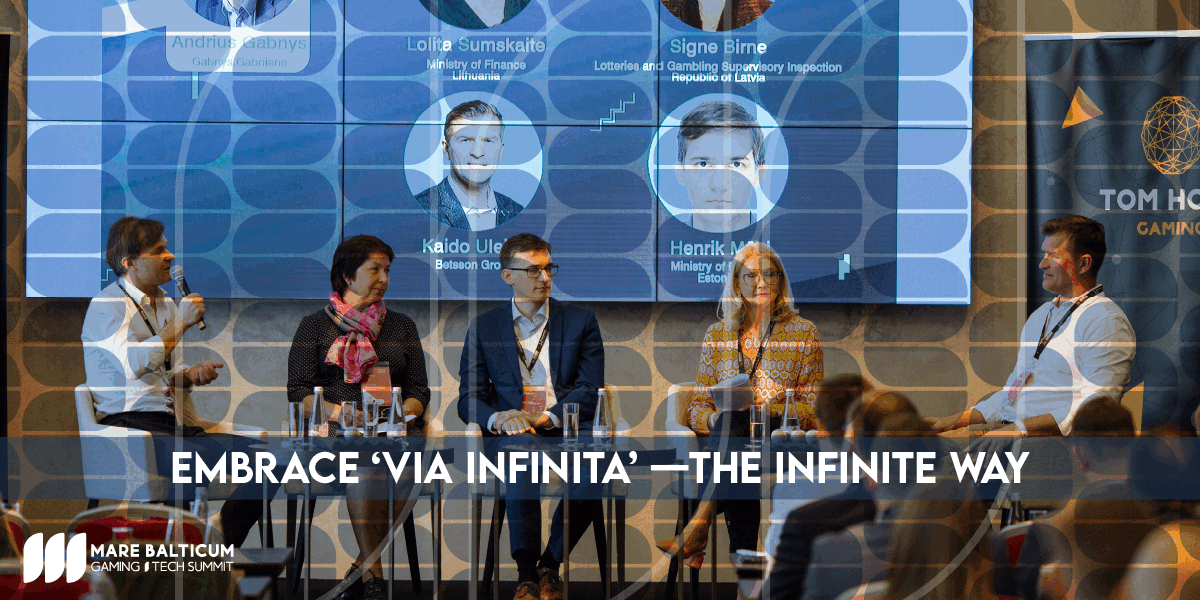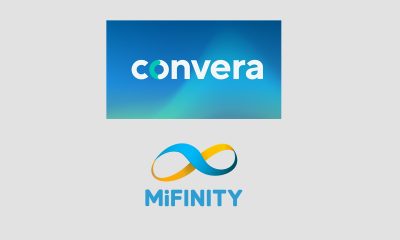Fintech
Klaytn lays foundation for Metaverse-as-a-Service with key infrastructure partners

Global crypto adoption has exploded in recent years, increasing by more than 800% between 2020 to 2021. While the majority of the world has yet to purchase their first NFTs, major brands from fashion, tech, entertainment to gaming are recognizing the significance of the metaverse and taking their first steps into the nascent space.
Gaming titan, Netmarble, has released their first Play-to-Earn games on Klaytn this year — A3: Still Alive and Ni No Kuni: Cross Worlds. Fashion brands such as Gucci, Burberry, Balenciaga and Prada have all launched their own NFT collections, and companies like ALTAVA Group are focused on bringing high fashion into the Metaverse. Asian NFT marketplace East NFT has onboarded popular LGBTQ content from Thai-based Y Series content production houses onto the Klaytn chain.
Aligning with their vision to be the bridge connecting Web2 to Web3, Klaytn Foundation continues to forge key strategic partnerships and collaborations for a Metaverse-as-a-Service model, which will allow Web2 companies, game publishers, content creators and other users to “plug-in” seamlessly into the metaverse.
Speaking on the strategy to transform the Klaytn ecosystem, David Shin, Head of Global Adoption, explained, “We believe that the formation of Web3 will be a collaborative effort. And hence, rather than to build every tool needed by ourselves, we’re tapping into the strength of our allies, and hope to create a cohesive metaverse that will allow any companies, content creators and users to easily climb onboard.”
With that, Klaytn is thrilled to highlight key partners and collaborators of H1 2022 that will help to pave the way for interoperability, decentralization and smooth exchanges in the Klaytn metaverse.
- Parity Technologies
Parity Technologies is a Web3 software development company that created the Substrate SDK, used to develop the Klaytn-Substrate — a sidechain bridged to Polkadot and Klaytn Mainnet. The Klaytn-Substrate will act as an intermediary environment, where collaborative technological, business case, and community initiatives can combine in interesting and synergetic ways. It acts as “canary network” to safely, efficiently, and quickly capture new use cases, new technologies, and provide the community with more options for building great things within the Klaytn ecosystem. [Read more] - Adgorithmics
Adgorithmics, a Singapore-based AI-enabled e-commerce advertising platform, recently launched an innovative NFT-based incentive and customer loyalty program, called MetaGacha. For every purchase, customers can receive a MetaGacha NFT which can serve as a membership card for exclusive deals, or be used to exchange for vouchers or promotions. Sales agents can also receive NFT for every deal. This can help online merchants to expand their reach and increase sales, while bringing substantial value to customers and agents in the form of NFT. [Read more] - Smart Token Labs
Smart Token Labs is an Australian blockchain company that has built two highly successful open source products. AlphaWallet is the world’s first 100% open-source wallet and blockchain apps platform. TokenScript combines token and smart contract logic into a standardized interface, creating “Token Layer” functionality that can be deployed in wallets and on websites. The technology builds a pathway to smart token composability, and addresses issues with trust, interoperability, security, and interface seen with current token transactions. [AlphaWallet; TokenScript] - Soramitsu
Soramitsu is a Japanese fintech company with expertise in developing blockchain-based solutions for digital asset and identity management. They are the developer of and major contributor to the open-source blockchain platform Hyperledger Iroha, digital currency for the National Bank of Cambodia, a closed-loop payment system for the University of Aizu in Japan, an identity verification system prototype for Bank Central Asia in Indonesia, and many more. The team is set to work on implementing the first open-source DEX on Klaytn. [Read more] - Blockchain-based Service Network (BSN)
Klaytn will be establishing an Open Permissioned Blockchain (OPB), the Chongqing Chain, on the Blockchain-based Service Network (BSN), a multi-chain public infrastructure network that aims to be the standard for all blockchain deployments. Through the development of the Chongqing Chain, it would be possible for Klaytn developers to plug in to the China blockchain network, providing an entry into the massive China market, and vice versa for Chinese developers looking to go global. [Read more]
Fintech
How to identify authenticity in crypto influencer channels

Modern brands stake on influencer marketing, with 76% of users making a purchase after seeing a product on social media.The cryptocurrency industry is no exception to this trend. However, promoting crypto products through influencer marketing can be particularly challenging. Crypto influencers pose a significant risk to a brand’s reputation and ROI due to rampant scams. Approximately 80% of channels provide fake statistics, including followers counts and engagement metrics. Additionally, this niche is characterized by high CPMs, which can increase the risk of financial loss for brands.
In this article Nadia Bubennnikova, Head of agency Famesters, will explore the most important things to look for in crypto channels to find the perfect match for influencer marketing collaborations.
-
Comments
There are several levels related to this point.
LEVEL 1
Analyze approximately 10 of the channel’s latest videos, looking through the comments to ensure they are not purchased from dubious sources. For example, such comments as “Yes sir, great video!”; “Thanks!”; “Love you man!”; “Quality content”, and others most certainly are bot-generated and should be avoided.
Just to compare:
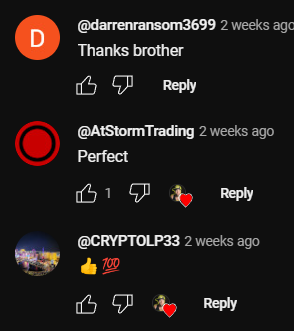
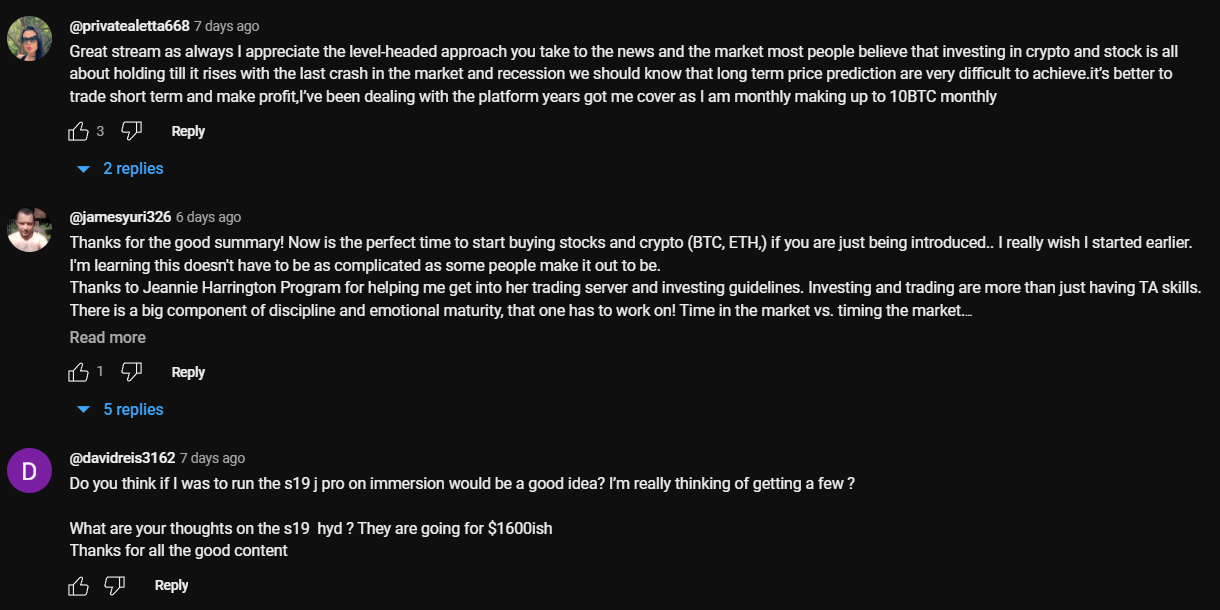
LEVEL 2
Don’t rush to conclude that you’ve discovered the perfect crypto channel just because you’ve come across some logical comments that align with the video’s topic. This may seem controversial, but it’s important to dive deeper. When you encounter a channel with logical comments, ensure that they are unique and not duplicated under the description box. Some creators are smarter than just buying comments from the first link that Google shows you when you search “buy YouTube comments”. They generate topics, provide multiple examples, or upload lists of examples, all produced by AI. You can either manually review the comments or use a script to parse all the YouTube comments into an Excel file. Then, add a formula to highlight any duplicates.

LEVEL 3
It is also a must to check the names of the profiles that leave the comments: most of the bot-generated comments are easy to track: they will all have the usernames made of random symbols and numbers, random first and last name combinations, “Habibi”, etc. No profile pictures on all comments is also a red flag.
LEVEL 4
Another important factor to consider when assessing comment authenticity is the posting date. If all the comments were posted on the same day, it’s likely that the traffic was purchased.
2. Average views number per video
This is indeed one of the key metrics to consider when selecting an influencer for collaboration, regardless of the product type. What specific factors should we focus on?
First & foremost: the views dynamics on the channel. The most desirable type of YouTube channel in terms of views is one that maintains stable viewership across all of its videos. This stability serves as proof of an active and loyal audience genuinely interested in the creator’s content, unlike channels where views vary significantly from one video to another.
Many unauthentic crypto channels not only buy YouTube comments but also invest in increasing video views to create the impression of stability. So, what exactly should we look at in terms of views? Firstly, calculate the average number of views based on the ten latest videos. Then, compare this figure to the views of the most recent videos posted within the past week. If you notice that these new videos have nearly the same number of views as those posted a month or two ago, it’s a clear red flag. Typically, a YouTube channel experiences lower views on new videos, with the number increasing organically each day as the audience engages with the content. If you see a video posted just three days ago already garnering 30k views, matching the total views of older videos, it’s a sign of fraudulent traffic purchased to create the illusion of view stability.
3. Influencer’s channel statistics
The primary statistics of interest are region and demographic split, and sometimes the device types of the viewers.
LEVEL 1
When reviewing the shared statistics, the first step is to request a video screencast instead of a simple screenshot. This is because it takes more time to organically edit a video than a screenshot, making it harder to manipulate the statistics. If the creator refuses, step two (if only screenshots are provided) is to download them and check the file’s properties on your computer. Look for details such as whether it was created with Adobe Photoshop or the color profile, typically Adobe RGB, to determine if the screenshot has been edited.
LEVEL 2
After confirming the authenticity of the stats screenshot, it’s crucial to analyze the data. For instance, if you’re examining a channel conducted in Spanish with all videos filmed in the same language, it would raise concerns to find a significant audience from countries like India or Turkey. This discrepancy, where the audience doesn’t align with regions known for speaking the language, is a red flag.
If we’re considering an English-language crypto channel, it typically suggests an international audience, as English’s global use for quality educational content on niche topics like crypto. However, certain considerations apply. For instance, if an English-speaking channel shows a significant percentage of Polish viewers (15% to 30%) without any mention of the Polish language, it could indicate fake followers and views. However, if the channel’s creator is Polish, occasionally posts videos in Polish alongside English, and receives Polish comments, it’s important not to rush to conclusions.
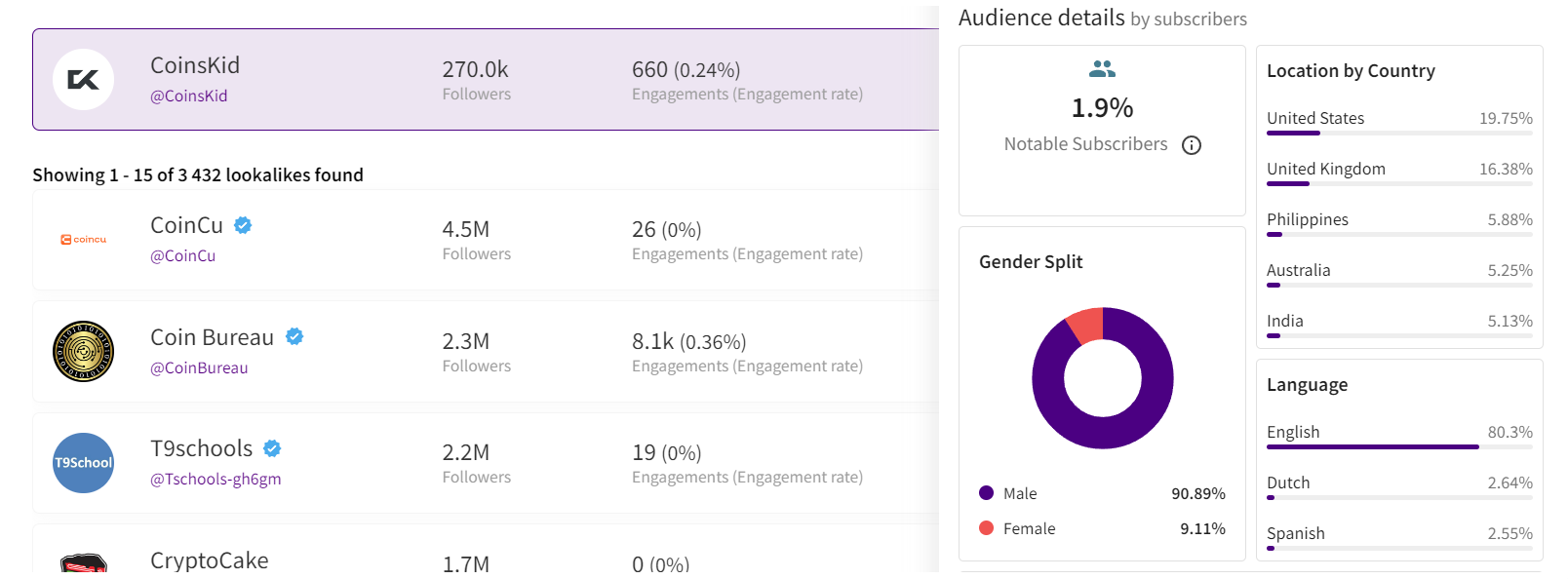 Example of statistics
Example of statistics
Wrapping up
These are the main factors to consider when selecting an influencer to promote your crypto product. Once you’ve launched the campaign, there are also some markers to show which creators did bring the authentic traffic and which used some tools to create the illusion of an active and engaged audience. While this may seem obvious, it’s still worth mentioning. After the video is posted, allow 5-7 days for it to accumulate a basic number of views, then check performance metrics such as views, clicks, click-through rate (CTR), signups, and conversion rate (CR) from clicks to signups.
If you overlooked some red flags when selecting crypto channels for your launch, you might find the following outcomes: channels with high views numbers and high CTRs, demonstrating the real interest of the audience, yet with remarkably low conversion rates. In the worst-case scenario, you might witness thousands of clicks resulting in zero to just a few signups. While this might suggest technical issues in other industries, in crypto campaigns it indicates that the creator engaged in the campaign not only bought fake views and comments but also link clicks. And this happens more often than you may realize.
Summing up, choosing the right crypto creator to promote your product is indeed a tricky job that requires a lot of resources to be put into the search process.

Author
Nadia Bubennikova, Head of agency at Famesters
Fintech
Central banks and the FinTech sector unite to change global payments space
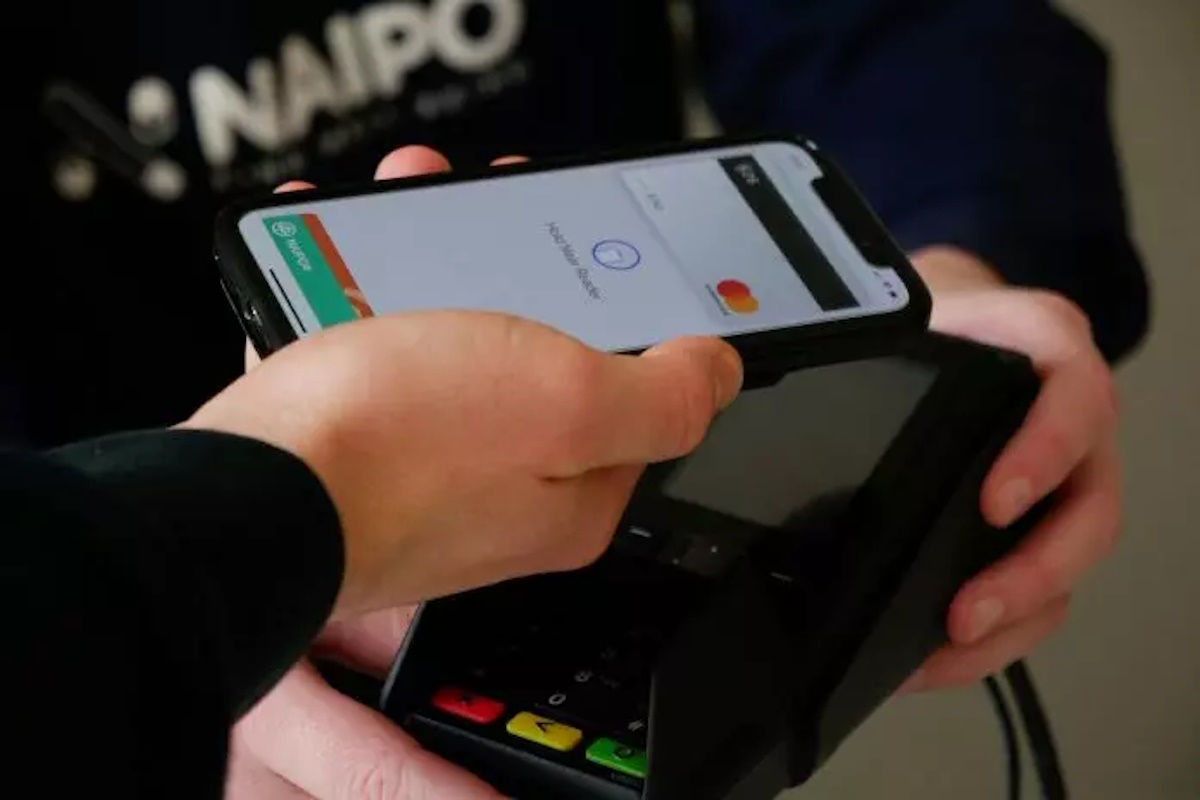
The BIS, along with seven leading central banks and a cohort of private financial firms, has embarked on an ambitious venture known as Project Agorá.
Named after the Greek word for “marketplace,” this initiative stands at the forefront of exploring the potential of tokenisation to significantly enhance the operational efficiency of the monetary system worldwide.
Central to this pioneering project are the Bank of France (on behalf of the Eurosystem), the Bank of Japan, the Bank of Korea, the Bank of Mexico, the Swiss National Bank, the Bank of England, and the Federal Reserve Bank of New York. These institutions have joined forces under the banner of Project Agorá, in partnership with an extensive assembly of private financial entities convened by the Institute of International Finance (IIF).
At the heart of Project Agorá is the pursuit of integrating tokenised commercial bank deposits with tokenised wholesale central bank money within a unified, public-private programmable financial platform. By harnessing the advanced capabilities of smart contracts and programmability, the project aspires to unlock new transactional possibilities that were previously infeasible or impractical, thereby fostering novel opportunities that could benefit businesses and consumers alike.
The collaborative effort seeks to address and surmount a variety of structural inefficiencies that currently plague cross-border payments. These challenges include disparate legal, regulatory, and technical standards; varying operating hours and time zones; and the heightened complexity associated with conducting financial integrity checks (such as anti-money laundering and customer verification procedures), which are often redundantly executed across multiple stages of a single transaction due to the involvement of several intermediaries.
As a beacon of experimental and exploratory projects, the BIS Innovation Hub is committed to delivering public goods to the global central banking community through initiatives like Project Agorá. In line with this mission, the BIS will soon issue a call for expressions of interest from private financial institutions eager to contribute to this ground-breaking project. The IIF will facilitate the involvement of private sector participants, extending an invitation to regulated financial institutions representing each of the seven aforementioned currencies to partake in this transformative endeavour.
Source: fintech.globa
The post Central banks and the FinTech sector unite to change global payments space appeared first on HIPTHER Alerts.
Fintech
TD Bank inks multi-year strategic partnership with Google Cloud
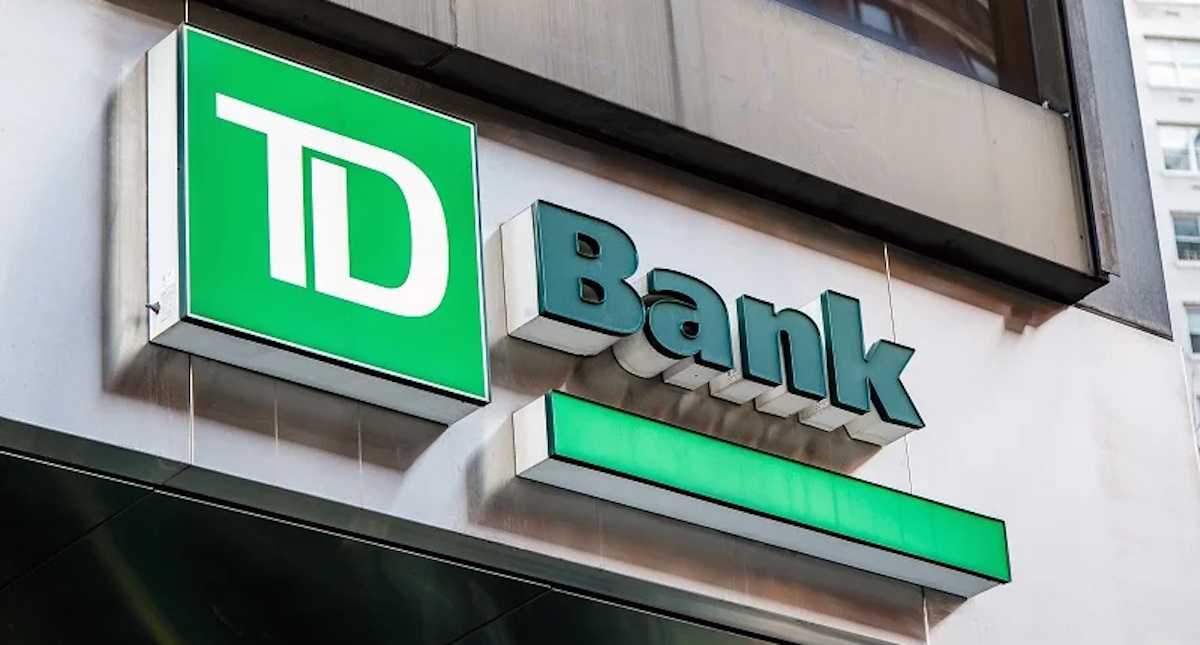
TD Bank has inked a multi-year deal with Google Cloud as it looks to streamline the development and deployment of new products and services.
The deal will see the Canadian banking group integrate the vendor’s cloud services into a wider portion of its technology solutions portfolio, a move which TD expects will enable it “to respond quickly to changing customer expectations by rolling out new features, updates, or entirely new financial products at an accelerated pace”.
This marks an expansion of the already established relationship between TD Bank and Google Cloud after the group previously adopted the vendor’s Google Kubernetes Engine (GKE) for TD Securities Automated Trading (TDSAT), the Chicago-based subsidiary of its investment banking unit, TD Securities.
TDSAT uses GKE for process automation and quantitative modelling across fixed income markets, resulting in the development of a “data-driven research platform” capable of processing large research workloads in trading.
Dan Bosman, SVP and CIO of TD Securities, claims the infrastructure has so far supported TDSAT with “compute-intensive quantitative analysis” while expanding the subsidiary’s “trading volumes and portfolio size”.
TD’s new partnership with Google Cloud will see the group attempt to replicate the same level of success across its entire portfolio.
Source: fintechfutures.com
The post TD Bank inks multi-year strategic partnership with Google Cloud appeared first on HIPTHER Alerts.
-
Latest News7 days ago
“The Hainan FTP and Me”: Looking at Hainan’s Transformations
-
Latest News5 days ago
Millions of people unite around doing good on the 18th International Good Deeds Day held yesterday worldwide
-
Latest News5 days ago
Banxso Acquires Australian ASIC License, Enhancing Its Global Trading Operations
-
Latest News3 days ago
BMO Announces Election of Board of Directors
-
Latest News5 days ago
135th Canton Fair Launches a Showcase of Innovative Products of New Collection to Lead Global Market Trends
-
Latest News5 days ago
BII and FMO back BECIS with joint US$50 million financing facility supporting commercial and industrial renewables sector in South-East Asia
-
Latest News4 days ago
HaloWallet Rebrands To Halo: Integrating SocialFi & AI To Revolutionize Social Influence Monetization
-
Latest News3 days ago
Vantage Markets Wins “Most Innovative Broker” Award from FXBT; Redefines Trader Empowerment

